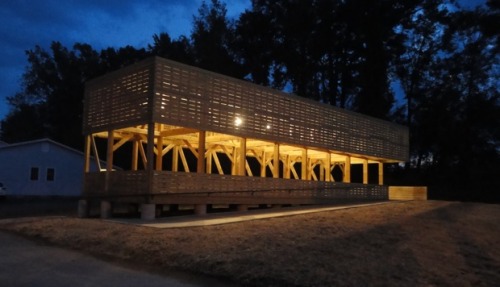8.4% of Americans live in a food desert, as classified by the US Department of Agriculture. According to their classification, "if 500 people and/or 33 percent of a particular tract's population lived more than 1 mile from the nearest grocery store (or, for rural tracts, 10 miles), and the local poverty rate was significant, then the tract was designated a food desert" [source.]
A food desert doesn't mean there isn't any food available. In urban neighborhoods, there are often bodegas or corner stores that sell packaged goods but often don't stock perishable fruits and vegetables. In rural areas, someone may live surrounded by farms that grow food but the food is monocultured and shipped to processing plants or markets far away.
Here in San Francisco, there is a "fairly large food desert located in the Bayview, Hunters Point and Visitacion Valley neighborhoods – some of the poorest in San Francisco. In San Francisco, a staggering 150,000 people, 20% of the city’s population forsakes buying food in order to pay their bills... Other Bay Area food deserts include neighborhoods in Oakland and Richmond" [source.]
What can be done about food deserts and how do designers play a role? As designers, we learn to look at problems systematically. We have created a complex system for growing and distributing food and ending food deserts involves changing both how we grow and how we distribute food. Most of all, we need to change what we value about food. Do we value that there is food or do we value what food is there? I believe every person should have access to healthy and affordable food. Changes will have to come from political and economic forces, but we, as designers, have a huge role in showing the potential good to come and in creating the new systems themselves.
I recently wrote about the Via Verde apartments where the designers responded to the community's request for a healthy place to live by including, among other initiatives, community garden space. Here are three additional examples of how designers are creating change in our food systems.
 | ||||||
| [Rural NC Farmers Market created by local high school design-build class] |
 |
| [Cornell Design and Environmental Analysis students help classmates be able to prepare meals from fresh foods] |
 |
| [Stockbox Grocers is a miniature market that brings healthy food to urban food deserts within the existing infrastructure.] |
Sources:
Do You Live in a "Food Desert?"
America's Worst 9 Urban Food Deserts





No comments:
Post a Comment